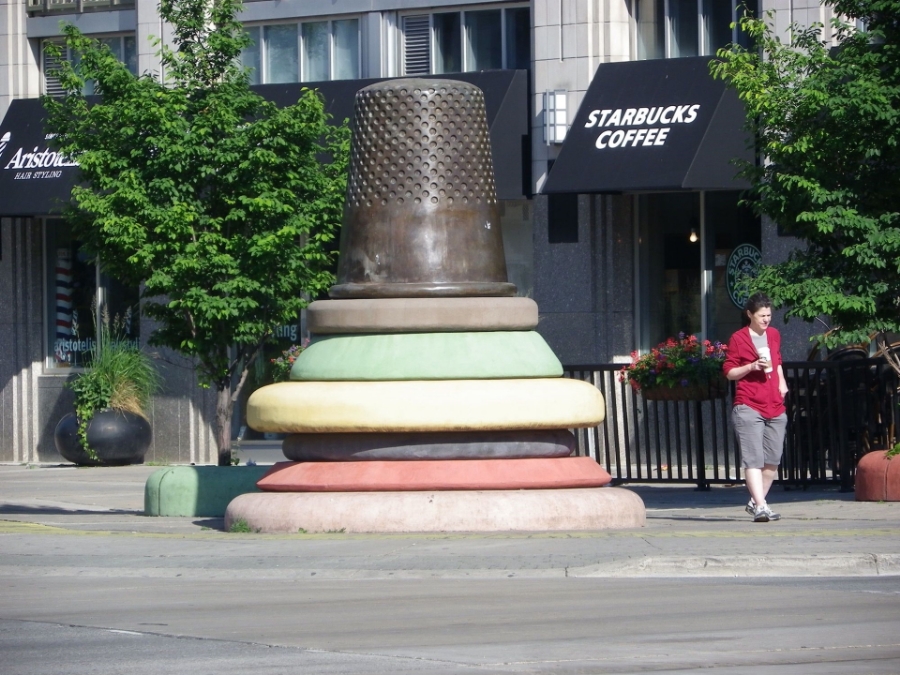
Most successful businesses would say that their brand is their most important asset. A well-known and respected brand attracts new customers and keeps old customers coming back. But how do you protect your brand? Generally, the best way to protect your brand is to adopt a brand name that is eligible for protection as a registered trademark and then to register the brand as a trademark. Accordingly, there are several steps to trade-marking your brand.
1. Choose your brand.
The first step is to select a brand name that you can actually protect. Some brand names that you may consider adopting are generally, just not protectable as trade-marks. For example, HOUSEKEEPING for a housekeeping service, is what is considered a “descriptive” mark, and is therefore not generally eligible for trade-mark protection since if one company got a trade-mark for HOUSEKEEPING for housekeeping services, it would prevent other housekeeping services from using the most apt and descriptive language to describe their own services.
Similarly, TORONTO LAWYERS would not generally be eligible to be a trade-mark either, because it is what is considered “geographically descriptive”, since every lawyer from Toronto should be free to describe him or herself as a “Toronto Lawyer”, without fear of infringing upon someone’s “trade-mark”. Accordingly, one must always try to adopt a “distinctive” and not “descriptive” brand one intends to obtain trade-mark protection.
2. Search your intended mark.
Next, you need to make sure that your chosen brand is available for registration (meaning someone has not already adopted or registered this brand as a trade-mark). There are several kinds of searches that you can perform to ascertain if your brand is already taken as a trade-mark, but the most common way of finding out is to conduct a search of the official government trade-mark database for the country in which you intend to provide your goods or services.
For example, the United States provides the USPTO trademarks database and Canada provides the CIPO trade-marks database. In these databases, you can search by keyword to see if someone has already registered your intended brand as a trade-mark. Note however, that generally, except in the case of famous brands, such as COCA COLA, you can still have a trade-mark for the same or similar words as an already-registered trademark, if your goods or services are sufficiently different. As an example, someone can have ACME registered as a trademark for a brand of hairspray, and another person can have a registered trademark for ACME for orange juice, since the goods are so different, even if they share the same brand.
When researching whether someone has already taken your intended brand in connection with the same or similar goods or services, you should also look for what are referred to as “common law trade-marks”. Common law trade-marks are unregistered trade-marks that are distinctive and which have been used long enough and extensively enough that they are considered to be trade-marks even though they have not yet been registered. A Google search, as well as business name searches, are often good ways of turning up common law trade-marks. If someone has already effectively adopted your intended brand as a common law trade-mark, you may receive an objection from them at some point, or they may even oppose your application for a registered trade-mark.
3. Apply for your trade-mark.
When have finished researching your intended trade-mark, it is time to apply for an official trade-mark registration. In many countries you can do this online yourself or through the use of a trade-mark agent or trade-mark lawyer. Although it is possible to do it yourself, there are lots of rules about how to describe your goods and services and under what legal provisions you are applying, so it appears deceptively easy. For a small fee, you can hire a trademark attorney to assist you, and ensure that you do not waste your money preparing an incorrect application that will be refused because of errors.
The government fees in Canada are usually about $350 for filing a Canadian trade-mark application, payable to CIPO, plus legal fees that usually range from $500 - $1,000.00. In the US, the USPTO fees are usually about $275 per type or “class” of good or service, plus legal fees usually ranging from $500 and up.
Once you have submitted your trade-mark application, it will go through an extensive “examination” by an official trademark office examiner, who will ensure that your application complies with all laws and regulations. The trade-mark examiner may ask you to revise your application or correct certain aspects of it. After a period of several months (the time period varies depending on the application), and provided that your application is successful, you will receive an approval notice. At that point, your proposed trademark will be “published” in an official journal, so that any interested third party can oppose your application.
If there is no opposition to your application, you will then have an official registered trade-mark. Congratulations! Having a registered trade-mark will generally allow you to stop anyone from “infringing” your trade-mark by offering the same or similar goods or services under the same or similar brand as your registered trademark, within the country in which you registered your trade-mark. Accordingly, having a registered trade-mark is a very powerful tool to protect your brand - for instance, to stop people from using infringing (and often derogatory) domain names.
Image by Heather Cuthill

